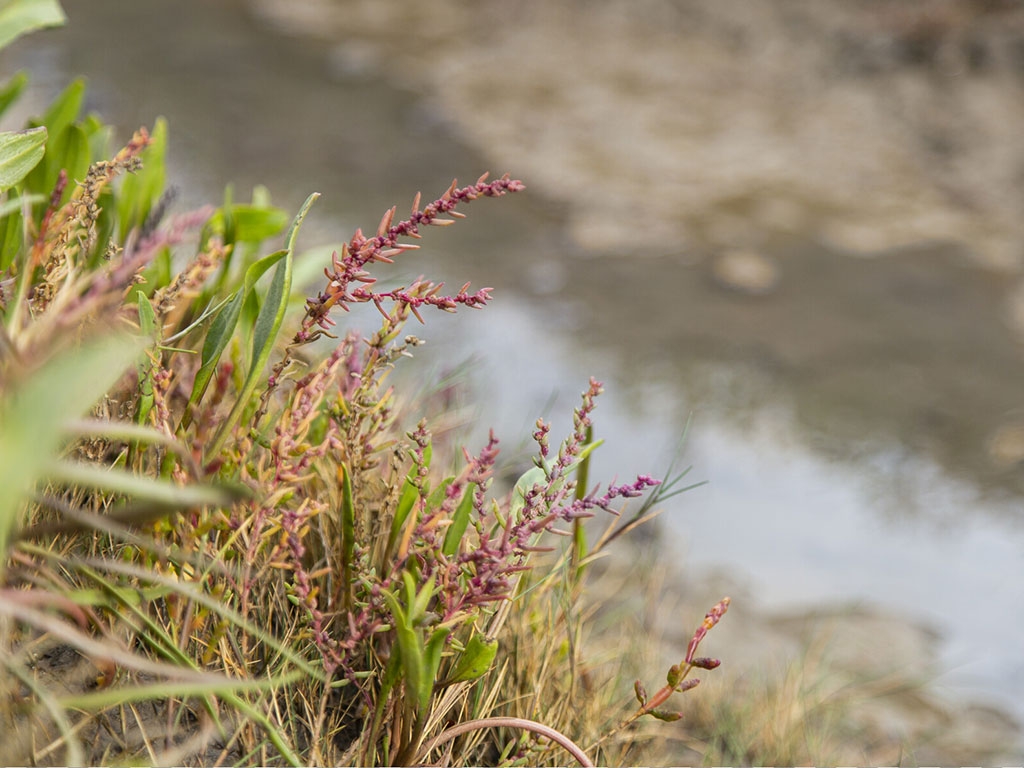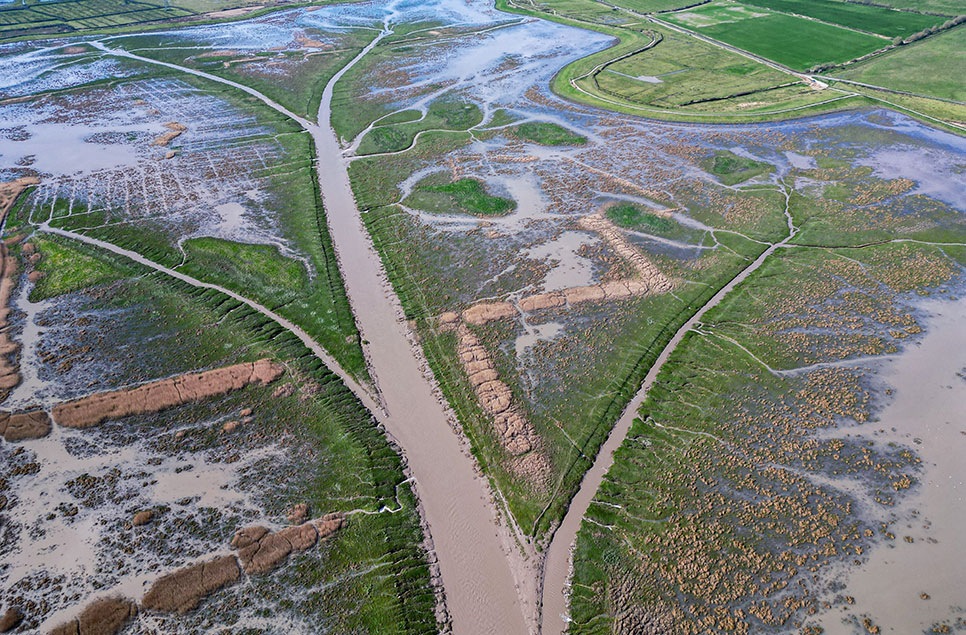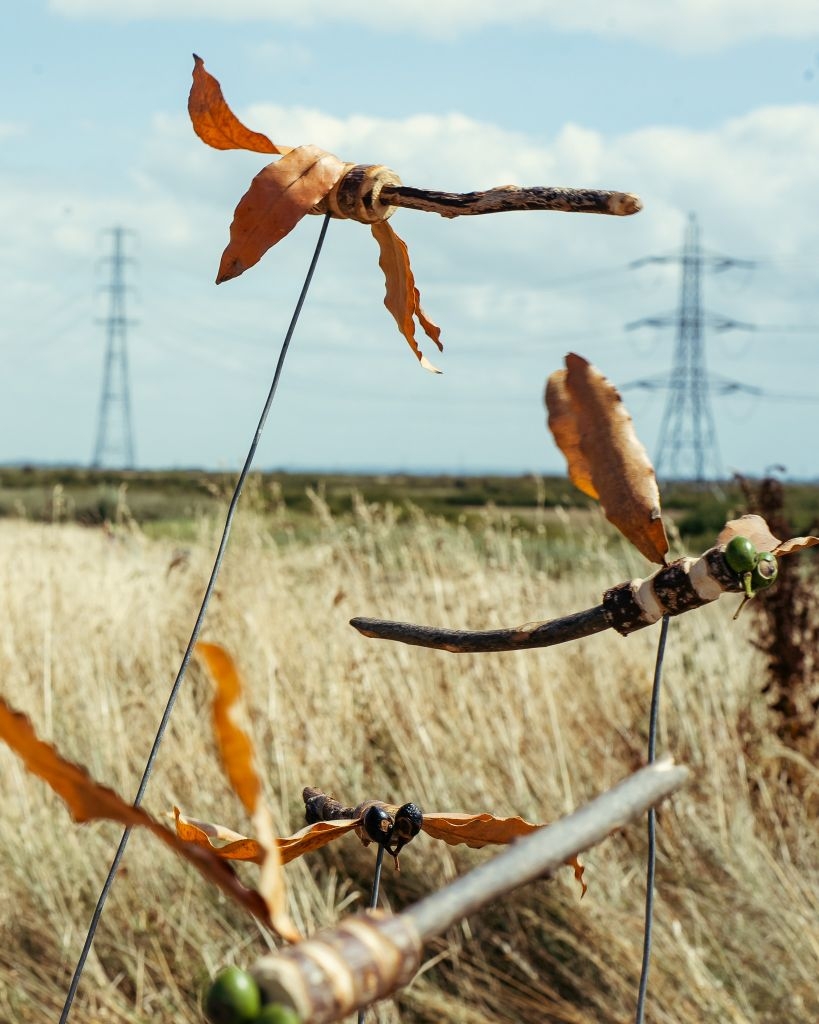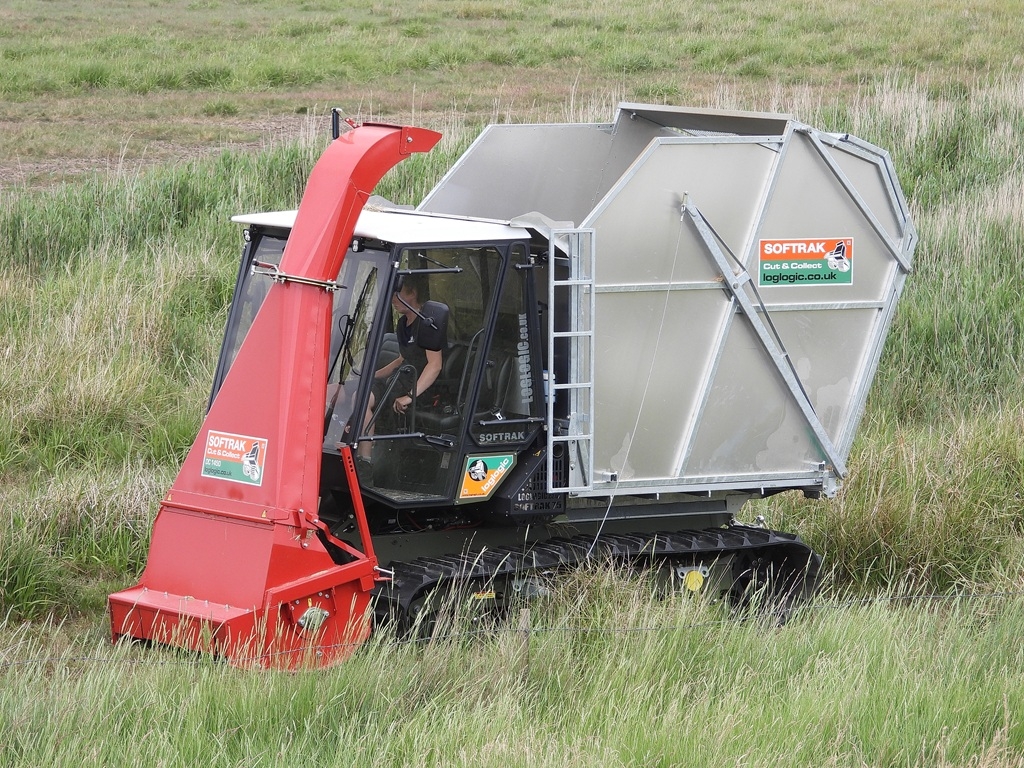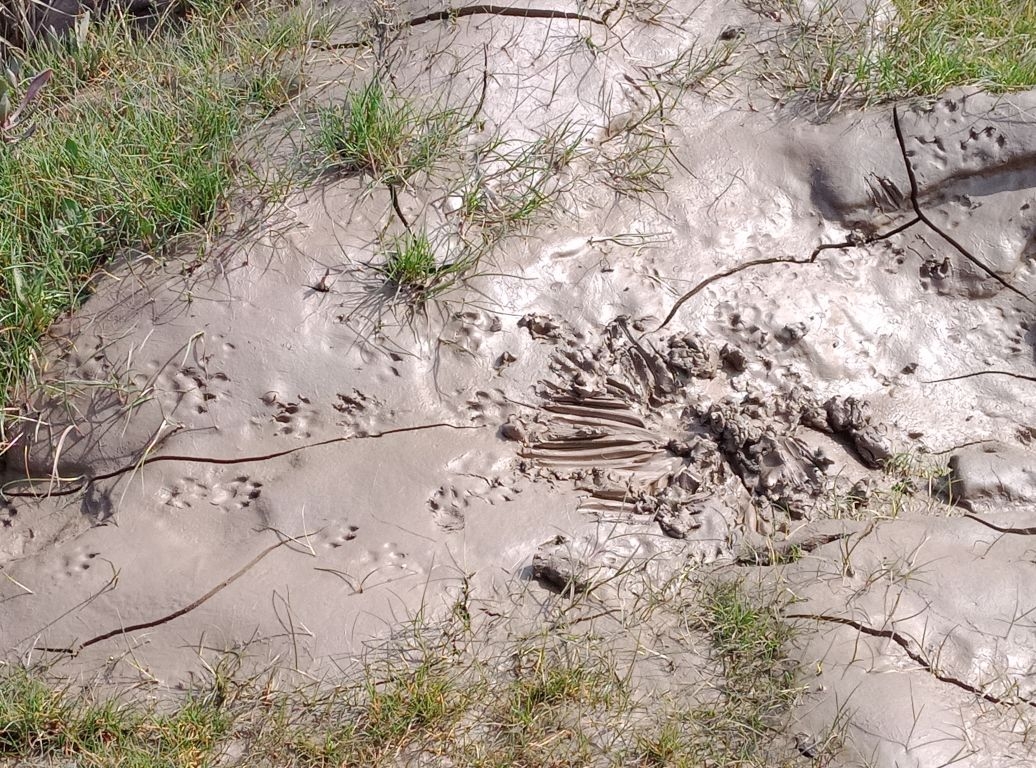Steart Marshesand Bridgwater Bay NNR

Welcome to Steart Marshes, the first of WWT's working wetlands.
Providing flood defence for local homes and businesses, showcasing productive farmland and home to a thriving nature reserve. It proves we can fight climate change by working with nature.

We are WWT, the charity for wetlands and wildlife.
We’re on a mission to restore wetlands and unlock their powers. With your support, through visiting, membership and donation, we will help nature back to life.
Thank you.
